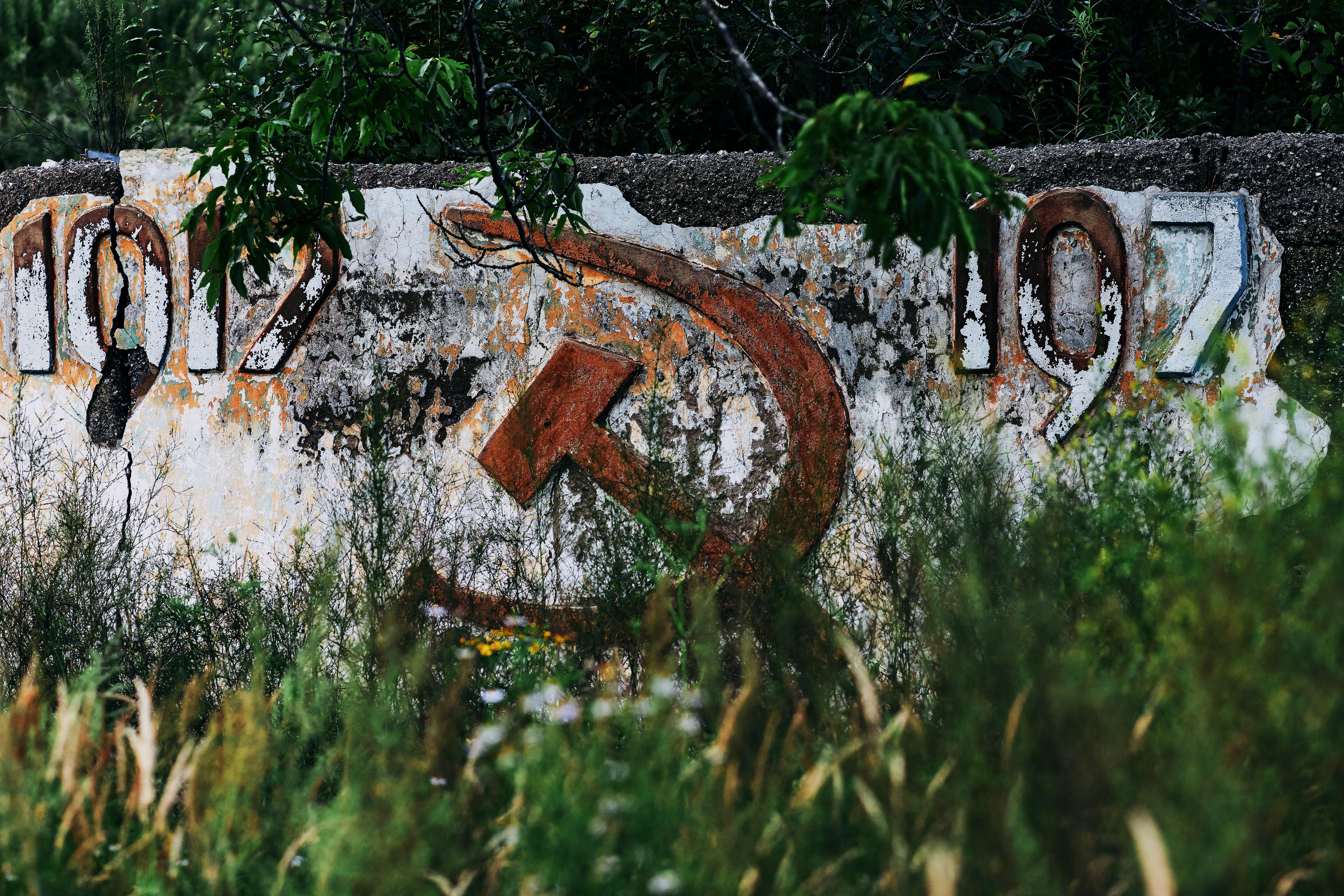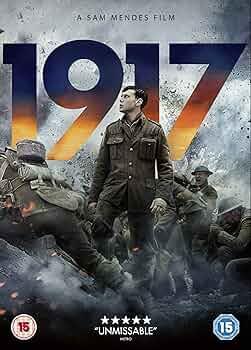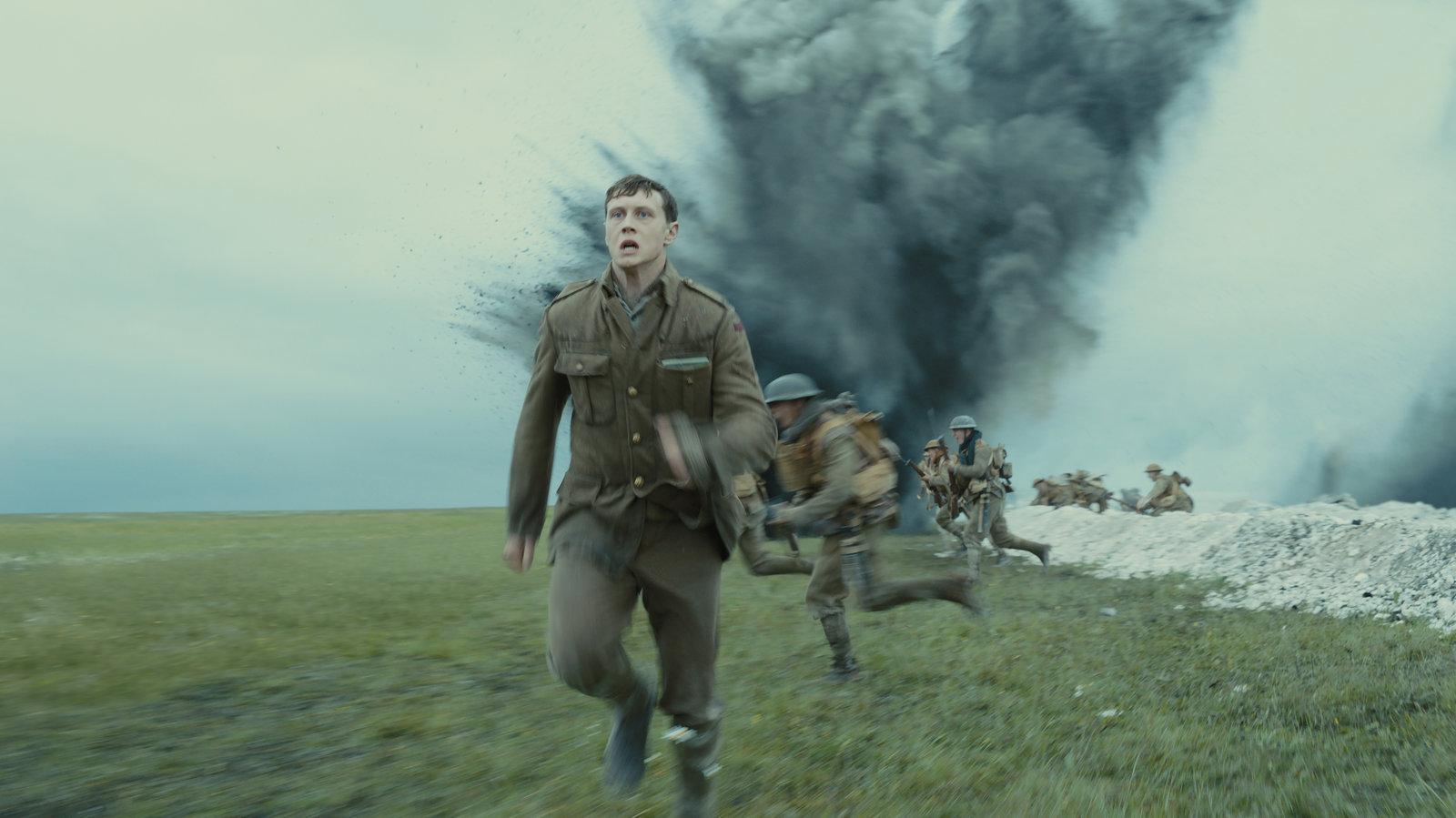In the realm of contemporary cinema, the balance between storytelling and technical prowess often becomes a subject of critical discourse. Sam Mendes’ “1917,” a film celebrated for its groundbreaking approach to visual storytelling, epitomizes this ongoing debate. Released to widespread acclaim, ”1917″ is renowned for its ambitious single-shot illusion, a cinematic technique that immerses viewers into the visceral experience of World War I. However, this innovative approach raises a pertinent question: does the film’s emphasis on cinematic techniques overshadow its narrative depth? This article delves into the intricate interplay between the film’s technical achievements and its storytelling, examining whether “1917” successfully harmonizes these elements or if it leans too heavily on visual spectacle at the expense of narrative substance. Through a nuanced analysis, we aim to explore the film’s artistic intentions and their impact on audiences, contributing to a broader understanding of the relationship between form and content in modern filmmaking.
Analyzing the Balance Between Visual Storytelling and Narrative Depth
In analyzing Sam Mendes’ 1917, it’s evident that the film heavily relies on its groundbreaking cinematic techniques, particularly the illusion of a single continuous shot. This ambitious approach creates an immersive experience, drawing viewers into the immediacy of World War I’s trenches. However, some critics argue that this focus on visual storytelling may overshadow the film’s narrative depth. The story, centered on two young soldiers tasked with delivering a crucial message, is undeniably compelling, yet it often takes a backseat to the film’s technical prowess.
The balance between visual spectacle and narrative can be dissected as follows:
- The use of long takes enhances tension and urgency, aligning viewers closely with the characters’ journey.
- However, the plot development sometimes feels secondary, with character backstories and motivations receiving limited exploration.
- The visual focus could lead to an emotional disconnect, as audiences might become more engaged with the cinematography than the characters’ personal stakes.
Ultimately, while 1917 is a masterclass in filmmaking techniques, its emphasis on visual innovation might detract from a deeper narrative exploration, prompting discussions on the equilibrium between form and substance in cinema.

Examining the Impact of Cinematic Techniques on Audience Engagement
The film 1917, directed by Sam Mendes, is renowned for its ambitious use of a ”one-shot” technique, a decision that has sparked considerable debate regarding its impact on audience engagement. This method immerses viewers in the narrative by providing an uninterrupted flow, mimicking real-time progression. However, the question arises: does this emphasis on cinematic technique overshadow the storytelling? A closer examination reveals both strengths and potential drawbacks inherent in this approach.
- Immersion: The continuous shot creates a visceral experience, drawing audiences deeply into the trenches of World War I. This can enhance emotional engagement by making the narrative feel immediate and urgent.
- Narrative Clarity: Some critics argue that while the technique is visually impressive, it can occasionally detract from the narrative depth. The focus on maintaining the shot might lead to less nuanced character development or plot complexity.
- Artistic Balance: The film’s ability to balance its technical prowess with storytelling is crucial. When executed well, the technique serves the story, enhancing rather than overshadowing it. Yet, if viewers become more aware of the technique than the tale itself, engagement can falter.
Ultimately, 1917‘s use of cinematic techniques poses an intriguing discussion on the balance between style and substance. While the film’s technical achievements are undeniable, their impact on narrative engagement is subjective and varies among audiences.

Assessing the Role of Technical Mastery in Storytelling Effectiveness
In the film 1917, the intricate dance of camera movements and seamless transitions are more than just technical bravado; they serve as a narrative device to immerse the audience into the heart of World War I. The decision to film in what appears to be a continuous shot amplifies the urgency and stakes of the story, encapsulating the viewer in the soldiers’ relentless journey. However, the question arises whether this focus on technique overshadows the storytelling itself. Does the immersive experience fostered by the cinematography add to the emotional depth, or does it act as a distraction from character development and narrative nuance?
Critics and audiences alike have pointed out that the film’s technical prowess sometimes takes precedence over the storyline, making it challenging to connect with the characters on a deeper level. Consider the following:
- Visual immersion: The single-shot technique creates a real-time experience, but does it leave enough room for character arcs?
- Emotional engagement: The relentless pace may heighten tension, yet does it allow for reflective moments?
- Narrative balance: Is the story enhanced or hindered by its technical ambitions?
Ultimately, the effectiveness of storytelling in 1917 lies in how these elements harmonize. The film’s technical mastery, while breathtaking, invites viewers to contemplate whether it elevates or eclipses the core narrative.

Recommendations for Harmonizing Visual and Narrative Elements in Film
To strike a balance between visual artistry and storytelling in film, directors can consider several key strategies. Prioritize Storytelling: While innovative techniques can enhance the cinematic experience, the narrative should remain the core focus. Visual elements should serve to amplify the story, not overshadow it. Integrate Techniques Seamlessly: Techniques like long takes or unique camera angles should blend naturally into the narrative, contributing to the emotional and thematic depth of the film.
- Character Development: Ensure that visual techniques enhance character arcs and development rather than detract from them.
- Thematic Consistency: Visual elements should align with the film’s themes to create a cohesive viewing experience.
- Pacing and Rhythm: Balance the pacing of visual sequences with narrative progression to maintain audience engagement.
Collaborative Approach: Encourage collaboration between the cinematography and writing teams to ensure that visual and narrative elements are harmoniously aligned. This collaborative process can help create a film that resonates on both a visual and emotional level, offering a more immersive and impactful experience for the audience.
